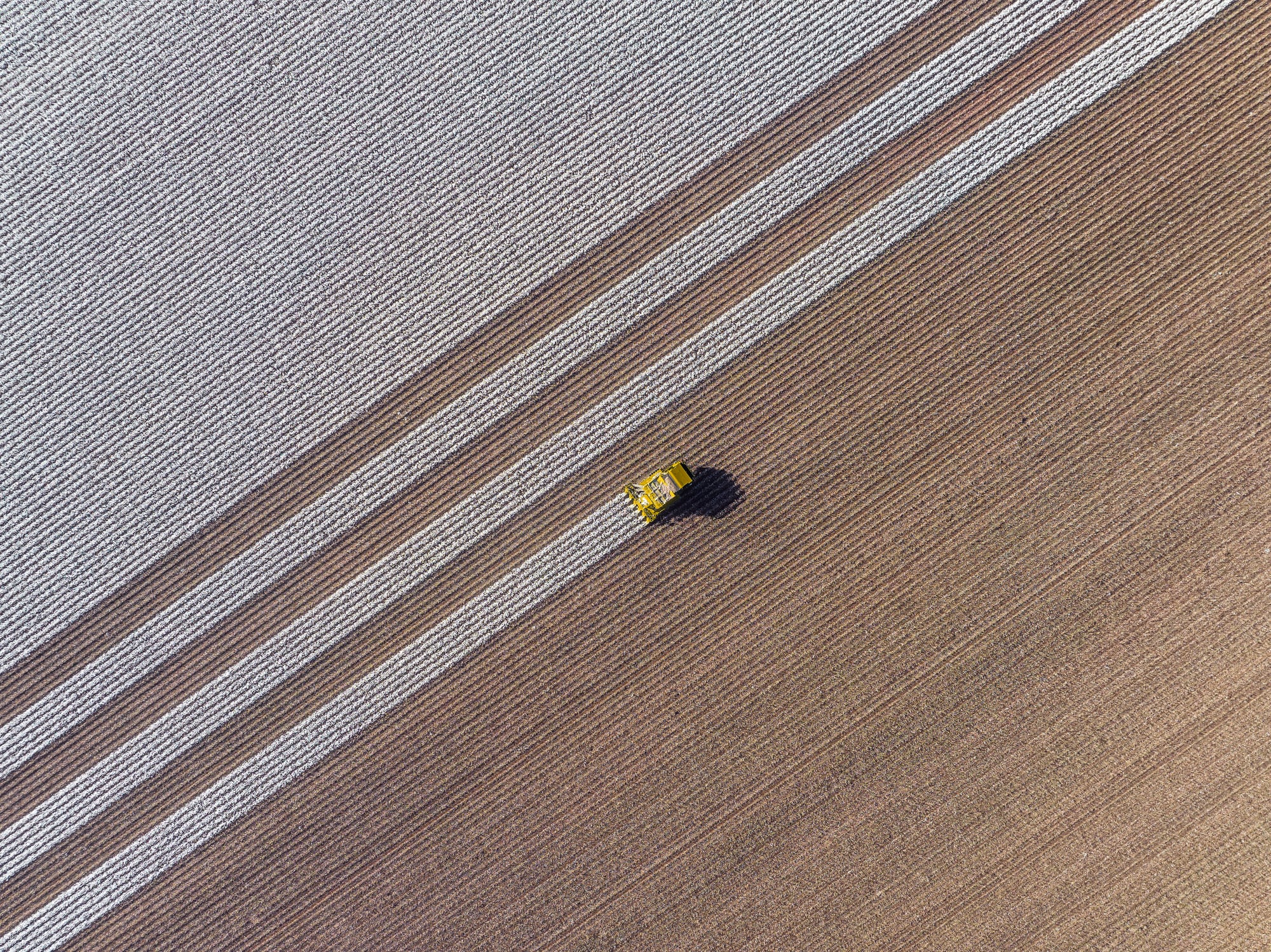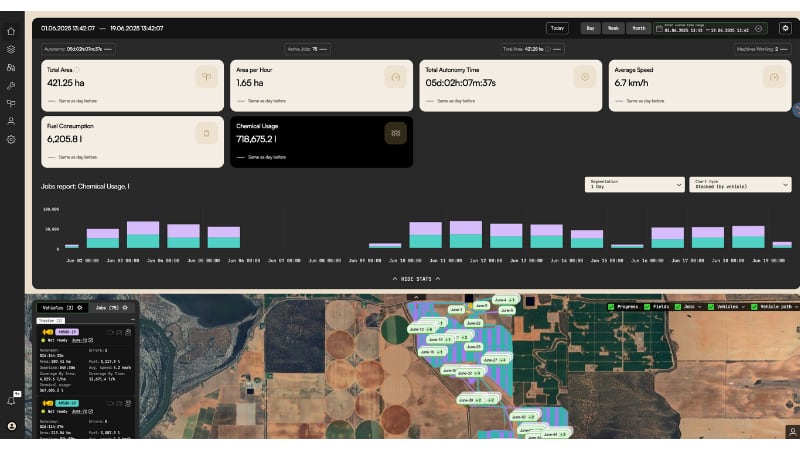According to data from the Australian Bureau of Agricultural and Resource Economics and Sciences (ABARES) updated in July, overall broadacre productivity declined by 7.9%.
The broadacre sector consists of large-scale crop, beef, sheep, sheep-beef, and mixed industries.
According to ABARES Executive Director Dr Jared Greenville, the drop was attributed to hot and dry conditions, which significantly impacted cropping output in Western Australia.
In Western Australia alone, broadacre productivity dropped by 38.8%.
Productivity levels varied nationwide, with Victoria recording a 1.8% increase, highlighting a ‘multi-speed’ effect across farming in Australia.
“While broadacre productivity growth declined in the latest period for some states, it increased in Victoria as different areas and farm types experienced different seasonal conditions,” said Greenville.
He added that this occurred before in other sectors.
“We’ve seen a similar multi-speed effect before in our analysis of the dairy industry. Productivity for dairy farms, particularly in irrigated regions, has slowed considerably, whereas areas with higher natural rainfall and a lower reliance on purchased fodder remain strong.”
Ag still performing well
Despite the latest figures, Greenville said agriculture has performed relatively well compared to other industries.
He noted that Australian Bureau of Statistics (ABS) said overall farming productivity has gone up.
“The difference is likely due to productivity growth in other sectors, like horticulture, aquaculture, forestry and pork and poultry.”
He emphasised the importance of farm-level data to understand which regions or sectors are struggling to understand how farmers can be supported.
“Despite the differences, the benefits from measuring productivity from farm-level data is that we can understand the changes in productivity across farm-types and regions. This provides a detailed view that can better inform attempts to lift productivity performance.”
2025-26 forecasts
According to ABARES June quarter forecasts, the gross value of Australia’s agricultural production is expected to fall by 2.8% to A$90.7bn (US$59.2bn) in 2025-26, driven by lower crop and livestock production volumes.
Despite the decline, the expected value of agricultural production this year will be the third highest on record. With the addition of fisheries and forestry it will be worth $97.5bn (US$63.65bn).
However, the report said production across South Australia, western Victoria, southern New South Wales and northern cropping regions of Western Australia “rests on a knife’s edge” as they are dependent on rainfall.
“Winter cropping conditions in those areas are at a critical point in the season, especially where there is a total lack of soil moisture… The rainfall outlook for these regions is currently positive, which is embedded in our current forecasts, but if not realised creates a downside risk to national production figures,” said Greenville.
Broadacre farm profits are projected to fall to A$141,000 (US$92,049), still above the 10-year average, as cropping and livestock output are predicted to decline.
Greenville added that Australian exports are expected to be resilient against the uncertainty over trade policies and global demand.




